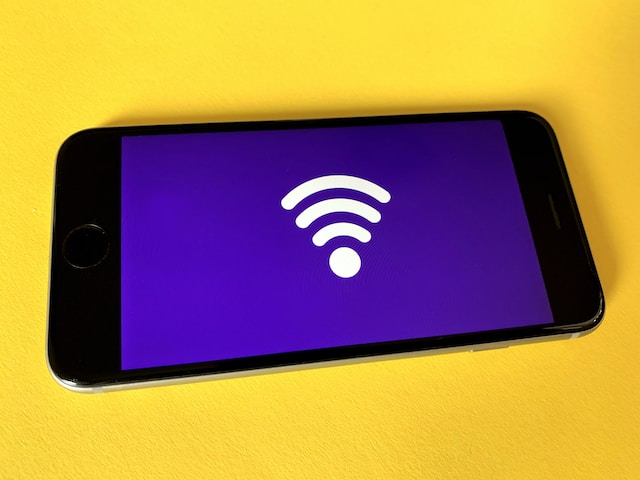
The introduction of the metaverse into the world of educational technology marks a significant shift in how we approach learning. It's more than a current trend; it's a transformative tool that redefines the boundaries of education. With metaverse use cases in educational settings, the concept of virtual classrooms is becoming a reality, offering new dimensions to learning.
This change transcends traditional physical boundaries, allowing education to take place in a virtual environment where location is no longer a constraint. The guide ahead provides a detailed look at how the metaverse is changing the educational landscape, offering innovative ways to teach and learn.
Benefits of Metaverse in Education
Fun and Interactive Learning
In virtual classrooms, students have hands-on fun—exploring, trying new things, and working with classmates. It will make remembering things easier and help you understand the lessons.
Lessons in the metaverse are exciting and keep students interested because they can actively participate and experience the topic themselves. It's not just about listening; it's about doing and learning enjoyably.
Greater Possibilities
Picture the opportunities that open up when you have the freedom to learn anything worldwide. Dream of being an astronaut, but your local universities don't offer that? In a future filled with the metaverse, you could enroll in a virtual school that opens doors to every possibility.
Additionally, metaverse lessons can transport students to situations impossible in the real world, such as touring historical sites or delving into scientific experiments in a virtual lab. This hands-on learning experience can aid in developing critical thinking and problem-solving skills.
No Location Limits
In the metaverse, you can attend school anywhere, whether in a different town or even a foreign country. The virtual setup lets students and teachers team up for lessons from anywhere globally. It means you can be in other places, making education more manageable for people in far-off areas.
Everyone can get the same good education, no matter where they live. And in a metaverse classroom, you can connect with people from different cultures and work together.
Endless Possibilities for Teachers
Metaverse classrooms can be a great thing for teachers, too. Besides overcoming distance issues, they allow teachers to have a teaching experience without any limits. It will enable them to design their virtual space to suit their teaching style. They can team up with other teachers worldwide, swapping ideas and tricks.
Additionally, data analysis helps them understand how well their students are doing and lets them enhance their teaching methods. Teachers can get creative in a metaverse classroom and create unique learning materials.
Learning Just for You
A metaverse classroom uses innovative computer technology, like Artificial Intelligence, to make learning unique for each student. It's like having a virtual teacher who knows what you need and what you like. It means the lessons differ for everyone; they're designed just for you. It's an excellent learning way because it feels personal and meaningful, making your educational journey more enjoyable and memorable.
Expressing Yourself
In the virtual world of the classroom metaverse, users can show who they are through avatars. These avatars let students reveal their uniqueness and personal flair. It benefits students who are uncomfortable speaking up or working with others in a regular classroom.
Challenges and Considerations in Integrating the Metaverse into Education
While the metaverse presents remarkable opportunities for education, integrating it into educational settings is not without challenges. It's crucial to address these issues to ensure the effective and ethical use of this technology.
Technological Barriers
Accessibility Issues - One of the major challenges is ensuring that all students have access to the necessary technology, including robust internet connectivity and compatible devices.
Technical Complexity - The metaverse's complexity may pose a steep learning curve for both educators and students, potentially leading to disparities in tech proficiency.
Privacy and Security Concerns
Data Privacy - As with any digital platform, there are concerns about the protection of personal data within the metaverse, especially considering the younger demographics involved in education.
Security Risks - The potential for cyber threats in a fully digital environment is a significant consideration, necessitating robust security measures to protect users.
Ethical and Social Considerations
Equity and Inclusivity - Ensuring that the metaverse does not widen the existing digital divide is crucial. It must be accessible and inclusive, catering to diverse learning needs and backgrounds.
Social Interaction - The impact of virtual learning on social skills and real-world interaction is a concern. The metaverse should complement, not replace, traditional interpersonal experiences.
Implementation and Training
Educator Training - Adequate training for teachers and administrators is essential for them to effectively utilize metaverse tools in their teaching strategies.
Curriculum Integration - Seamlessly integrating metaverse experiences into existing curricula requires thoughtful planning and alignment with educational standards.
Conclusion
A metaverse virtual classroom brings numerous advantages, providing a learning environment that is dynamic and captivating. Determining the long-term viability of a metaverse classroom is subjective, and, as with many aspects of eLearning, the results heavily rely on your implementation and the choice of technological tools.
Embracing this innovative approach, educators and students are entering a future where the limits of learning are set solely by imagination and innovation.











